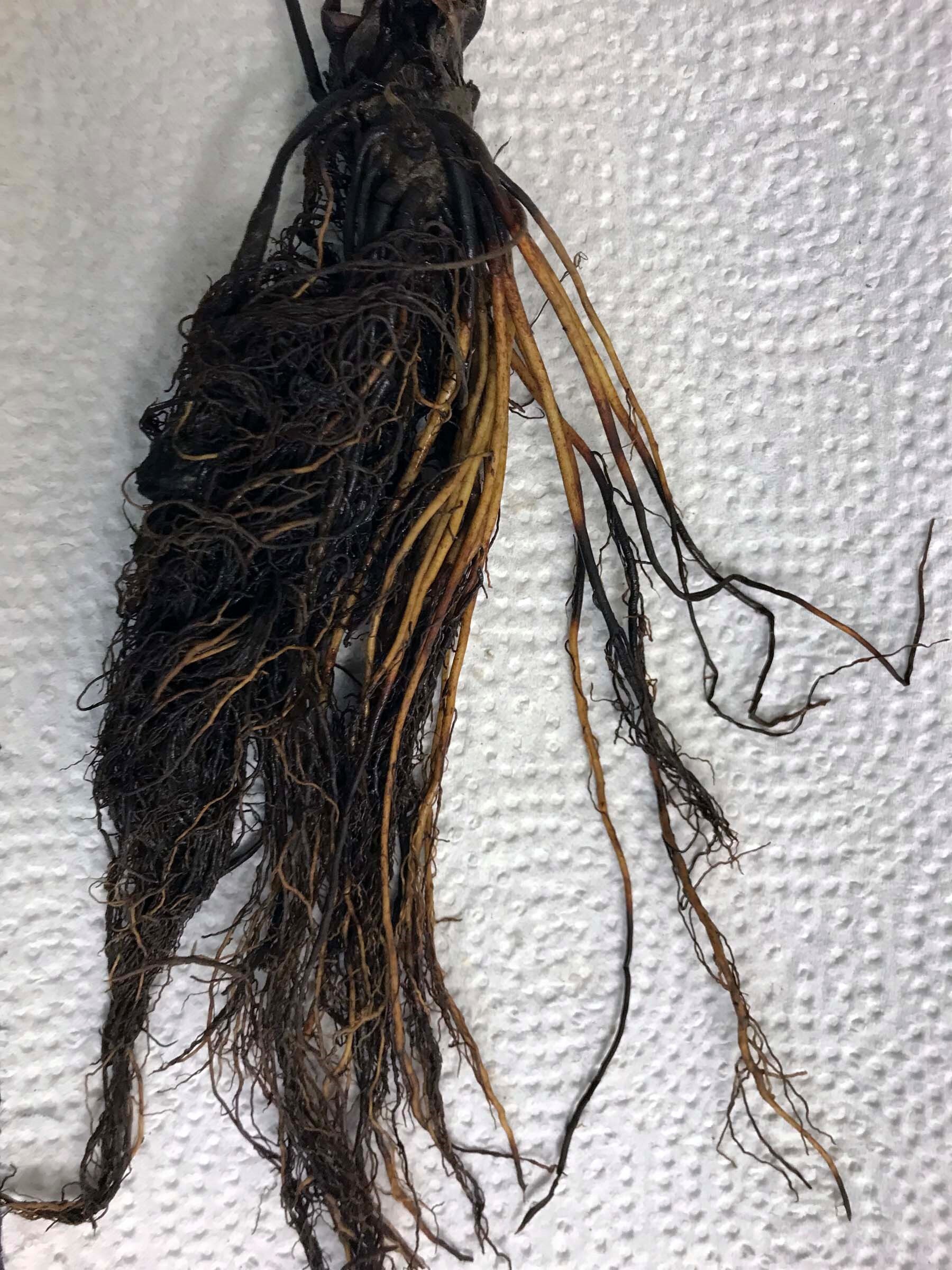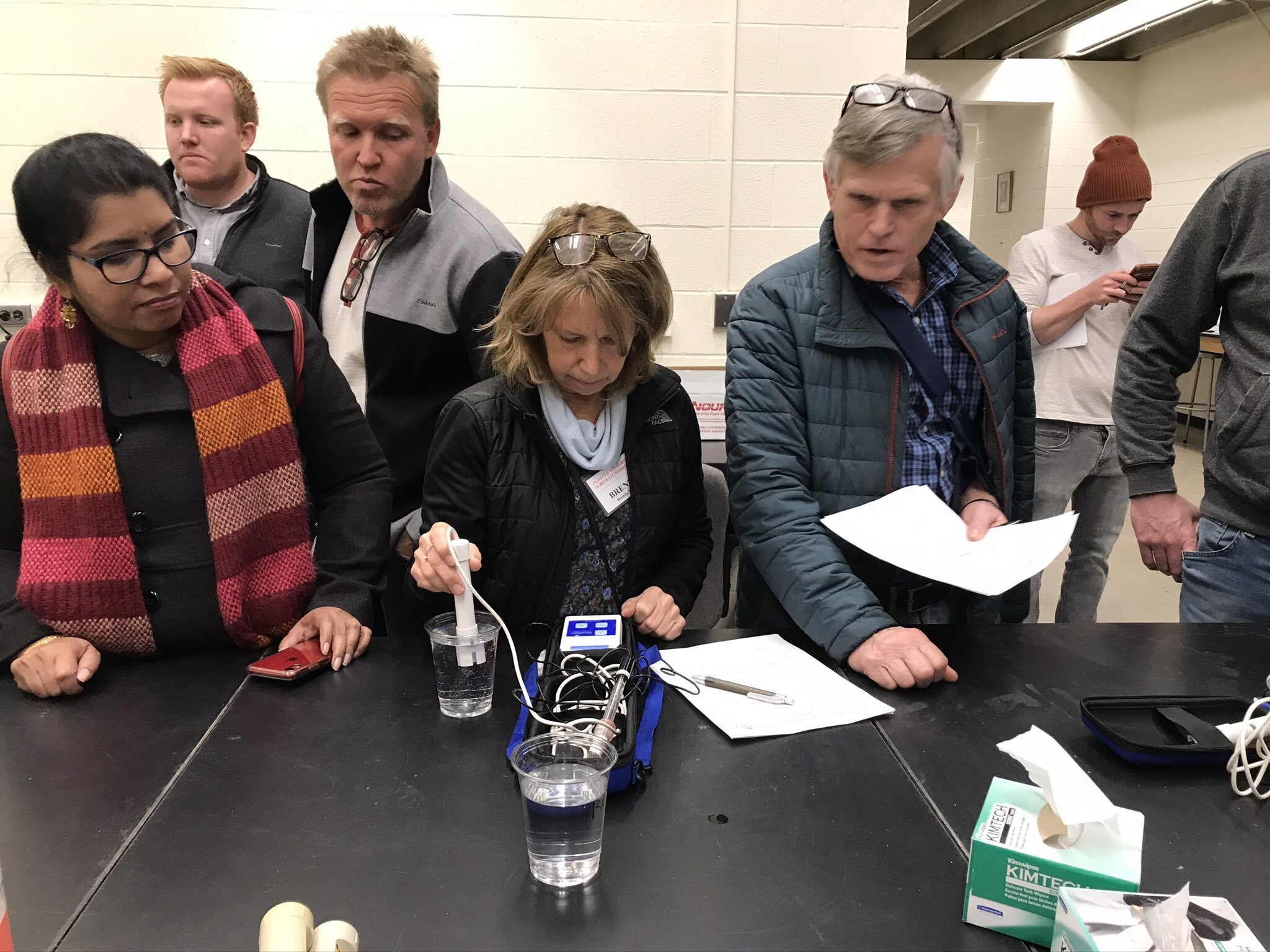While it may seem tempting to let go of your e-mail marketing in favor of social media, especially during the busy growing season, there are several compelling reasons why you’ll want to stay on top of your e-mail list, and keep promoting your farm or farm store.
1. Most customers, including 71% of millennials, prefer to hear from businesses they follow through e-mail first. True, you’ll often hear people say they get too many e-mails, but studies have proven time and again that this doesn’t dissuade them from staying on their favorite business’s e-mail list. And with many social media channels—Facebook being the most prominent example—modifying their algorithms to make it harder for a business’s content to be seen in the news feed, you’ll get much more visibility from e-mail.
2. E-mail subscribers are your most loyal customers, and are several times more likely to spread good word of mouth to friends, family, and their community.
3. E-mail is “owned” media, which means you have complete access to your entire e-mail list at all times, and can put out any content you think will inform and entertain your audience. There are best practices for e-mail content, but on the whole, this offers much more freedom for you to tell the stories you want to tell—without being filtered out by a pesky algortithm.
4. E-mail provides the highest return on investment (ROI) of all types of digital marketing—104% compared to social media’s 25% and display advertising’s 13%. If the other three points didn’t convince you that keeping up with your e-mail list is important, this is one super-persuasive case.
E-mail marketing generally takes one of two forms: a promotional e-mail or a newsletter. Promotional e-mails usually highlight a specific product or service and are meant to inspire the customer to take quick action: buy a product, register for an event, or create an account, for example.
E-mail newsletters are informative in nature, and give customers something interesting or entertaining to read, such as gardening or cooking tips, or links to articles about the health benefits of berries. They may link to a product for sale, but their focus is on informing rather than selling.
It’s possible to send both newsletters and promotional e-mails to the same list of subscribers, though you’ll want to determine in advance how many of each you plan to send, to keep the best balance. You can also employ segmenting, or sending certain content to one group of customers.
How to Create a Marketing E-mail
Depending on your list size, the number of times per month you plan to mail, and the amount of bells and whistles you want, there are a variety of e-mail distribution services that fit the bill. Mailchimp and Robly tend to be the most user-friendly, and have a larger selection of attractive drag-and-drop templates that make it easy to design great-looking e-mails. Constant Contact, one of the original e-mail distributors, has a long history of consistency, but is not as intuitive to use and often has a less modern look.
No matter which one you choose, if you have fewer than 200 subscribers, you can start with a free version of the service. It takes only a few minutes to create and account and get started on creating your first e-mail. If you'd like to walk through the process on screen, YouTube has dozens of short videos dedicated to setting up an e-mail in Mailchimp or Robly.
What Should Each E-mail Include?
There are a lot of nuances to e-mail marketing, but in general, each e-mail you send should have:
- Your contact information
- Your logo
- Links to your social media
If you’re sending a newsletter, try including a brief article on a relevant topic, and 2 or 3 additional items you’d like to highlight—these could be products that are currently in stock in your store, a list of upcoming farmers’ market appearances, or a link to something interesting that’s happening in your community.
If you’re sending a promotional e-mail, focus on one item (e.g., strawberries) or one category of items (e.g., small fruits). Instead of simply selling the item itself, however, provide interesting related content that uses your product—for instance, a recipe for a summer cocktail that includes strawberries, or tips on how to freeze your bounty of U-pick strawberries. Don’t forget to mention that the item is in stock, and the hours when customers can buy it.
How Long Should a Marketing E-mail Be?
Considering that you have about 8 seconds to catch a reader’s attention, short and sweet is a good basic rule! Stick to 300 words or less for a featured newsletter article, and 100 words or less for secondary articles. Whenever possible, break up longer passages of text with visual elements such as bulleted or numbered lists, or boldface run-in heads, like the ones at the beginning of this post.
How Often Should You Send a Marketing E-mail?
Because most of your sales happen during a condensed period of time, it’s best to send e-mails to your customers weekly during the growing season, to keep them updated on what they can buy from you and where they can find you.
You can easily cut back during the slower seasons: consider biweekly mailings during the ramping-up period in spring, when you have just a handful of products in stock, and monthly e-mails during the off season. Yes, you should definitely keep sending e-mails even during the off season! Customers won’t expect you to have products in inventory, but they will appreciate hearing from you on topics like winterizing your home garden, how to incorporate different foods into holiday menus, and what’s going on at your farm—whether that’s a new barn being raised, a picturesque snowfall, or your livestock or pet mascots frolicking outdoors.
It’s okay to make these e-mails shorter; the point isn’t to write New Yorker-length features about farming, but to keep your farm top of mind for customers, and to cultivate the image that you’re a resource for more than just a pint of berries. The attention to serving your customers will pay off with increased customer loyalty and sales.
Sending marketing e-mails or newsletters isn’t as hard as it might seem, and it’s one of the best ways to keep in regular contact with customers and encourage them to spread the word about your farm to friends. Spend a little time up front on planning, and you’ll reap the rewards later.
Got a question about e-mail marketing? If you’re a current member, get in touch with our communications manager, Robin Catalano, at nysbga@gmail.com.




































